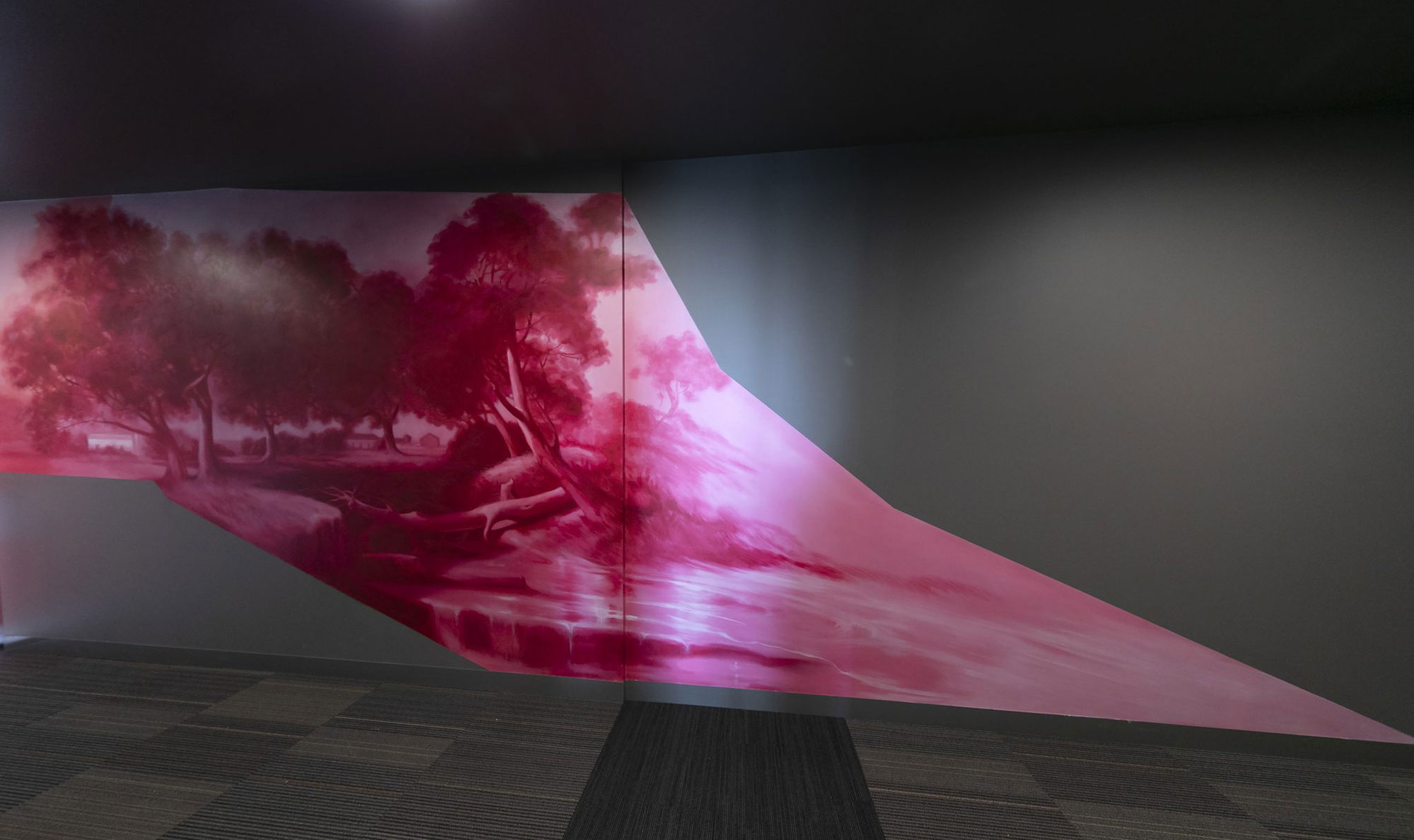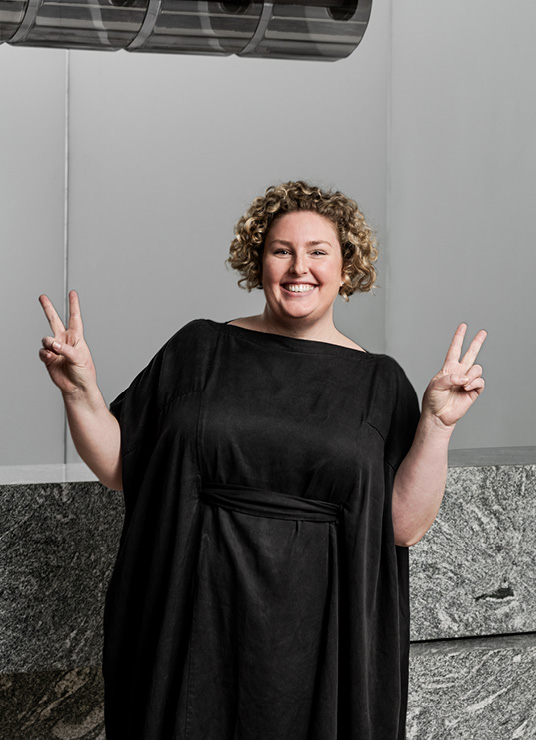Culture
Ideas
May 2023

Type
CultureArticle by
Meredith Fisher
Architects find themselves not just delivering buildings but designing their own practice, and in a changed world this can be a complicated road to navigate. How practitioners renew themselves and their teams will have incredible impacts for the years to come. Cera Stribley’s general manager, Meredith Fisher, reflects on leading, shaping and renewal in the practice of architecture.
Problem solving is inherent in the practice of architects, it is what we do every day. However, often when it comes to prioritising the conscious evolution of that practice and reflecting on our work as architects both individually and in our organisations, it can be a difficult undertaking. This constant reimagining can be approached similarly to any other problem-solving activity, often better proactively rather than reactively, and by dedicating time and attention to defining the firm’s direction.
Working with what was an emerging team as it has grown both in numbers, together with exciting projects commencing, it was obvious that the teams are never stagnant and that even subconsciously there is a perpetual evolution. Without a compass and map, letting the ship drift even a little bit over a period, we run the risk of finding ourselves way off course.
In more recent times, this state of constant renewal has led many practices to endeavour to unlock potential, create circumstances where everyone can thrive. This process can assist in solidifying some intrinsic philosophies and generating new ones.
There seems to be an increasing trend of employee-owned practices, an advantage is that these workplaces employ philosophies of enabling access and inclusion. Other modes of practice can adopt these ideals without having to subscribe to that specific model. By doing so we can choose not to put anyone on ‘pedestals’, we can turn to one another and acknowledge and celebrate ‘that person is great at that…’ or ‘can I ask your expertise on this?’
There can be a better way than [that of] businesses which operate by the ‘sole creative genius’ models of the past. Relationships, particularly collaborative ones in aligned fields of expertise, planning, legislation, community development are all valuable catalysts for re-invention. Fundamentally architecture is about doing the best you can for everybody, regardless of the location, client and scale, giving every project the attention it deserves. We can and should dedicate the same time to the ‘project’ of renewal in our practice, in whatever form that might be.